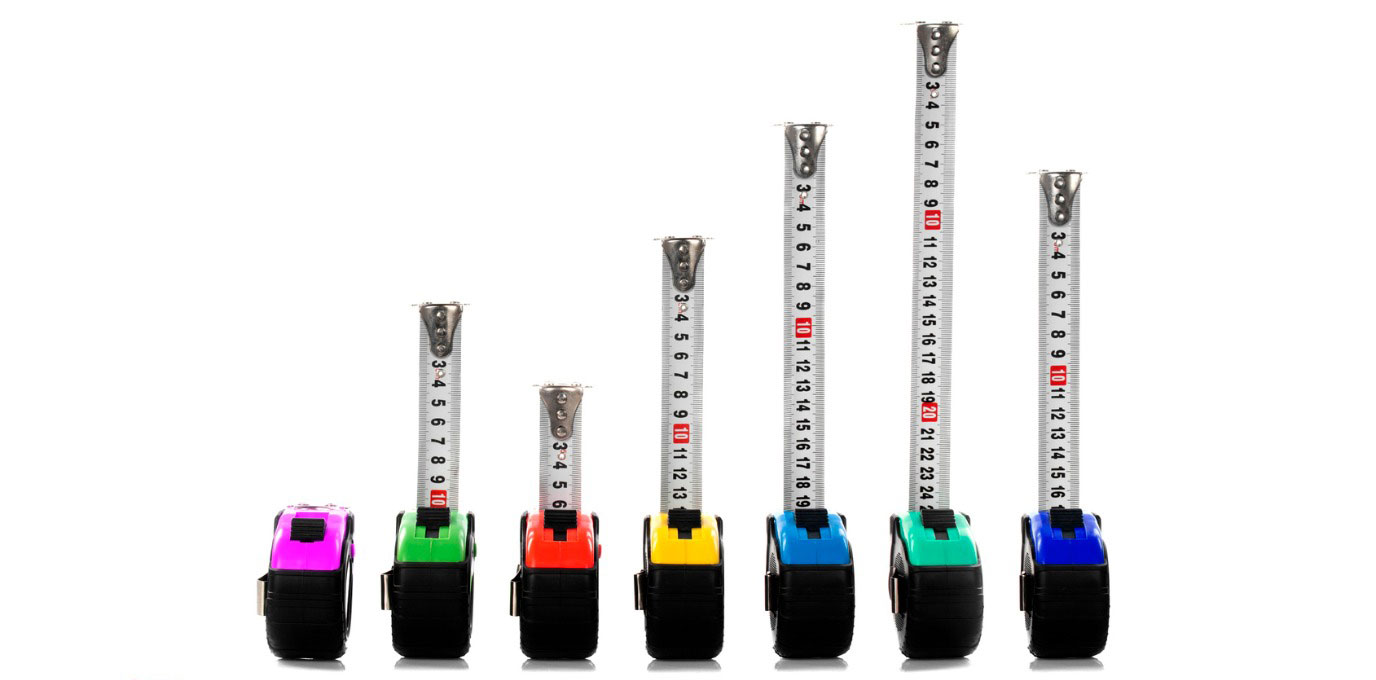In the second of three articles, we look at specific indicators that can make a practice more sustainable.
If you want to improve your practice’s performance, you can’t rely on intuition – key performance indicators, or measures that matter, are crucial to knowing what’s really going on and the areas for improvement.
In our first article in this three-part series, we looked at sustainability as a concept in a practice and highlighted areas for consideration.
Now, let’s link sustainability to specific KPIs and elaborate on how KPIs can demonstrate sustainability beyond just the bottom line.
Why are KPIs important?
In addition to tracking and measuring performance, KPIs have a range of other benefits, which is why they’re increasingly important.
KPIs can confirm (or in some cases challenge) your intuition as a practice owner and act as a good learning tool. Maybe your intuition told you that your practice was performing well in one area, only to find through tracking this measure as a KPI that it was a drain on performance. This could prompt you to review other areas and gain a more informed, complete understanding of your practice.
KPIs generate buy-in from staff across all areas of the practice and drive high-performing teams. Assigning responsibility for KPIs to a specific team or individual creates a sense of ownership and motivates the responsible party to meet and exceed that KPI.
Subsequently, determining benchmarks and assigning responsibility for KPIs enables you as a practice owner to reward those who outperform.
Determining the KPIs that are relevant to measuring sustainability
While it’s important to establish one or two measures that directly contribute to each of your objectives, here we will focus on those that contribute to the sustainability of your business by strengthening the elements of a sustainable practice that we outlined in our previous article.
Stable workforce: To ascertain and improve the stability of your workforce, it’s important to monitor employee turnover, measuring your performance in this area and comparing it with industry standards. Once you’ve determined how you’re tracking, it’s helpful to set a realistic target for improvement.
Processes/infrastructure: If you’re committed to ongoing improvement, you should be continually reviewing your processes and tracking their uptake and success. Monitor the number of process reviews you undertake in a given period and ensure you’re alert to ways you can improve processes. You might improve by introducing new technology or requesting staff or patient feedback.
Agility: Consider seeking employee feedback on matters that have challenged the practice in the past; for example, the transition to telehealth. Providing the right platform for constructive feedback increases constructive, actionable outcomes that build your adaptability and resilience, and protects you from becoming staid in comparison with your competitors.
Compliance track record: Resolving issues effectively in a timely manner is paramount to a sustainable practice, particularly in terms of a compliance track record. You may choose to track your performance by keeping an ‘Issues’ or ‘Risk’ register and logging the amount of time it takes the responsible party to respond and resolve issues.
Room utilisation: Businesses should use their resources as effectively as possible and most practices have only a few major costs, with occupancy/tenancy being one of those. Measuring your room usage is a great way to ascertain how effectively you’re maximising your occupancy costs. This helps to determine performance but can also be used to inform your decision about when and whether to secure other premises.
As demonstrated, there are many KPIs that can track and improve on elements of sustainability while subsequently ensuring effective corporate governance. A sustainable and well-run practice attracts doctors, sees high staff retention and generates greater profits.
Next time, we will look at the factors beyond your control as a practice owner – the external environment, which will help inform your view of the KPIs on which to focus in the short and longer term.
For more information on developing meaningful KPIs for your practice, please contact your local William Buck Health Adviser.
Tom Laundy is director, business advisory at William Buck; please visit William Buck’s Health industry page




